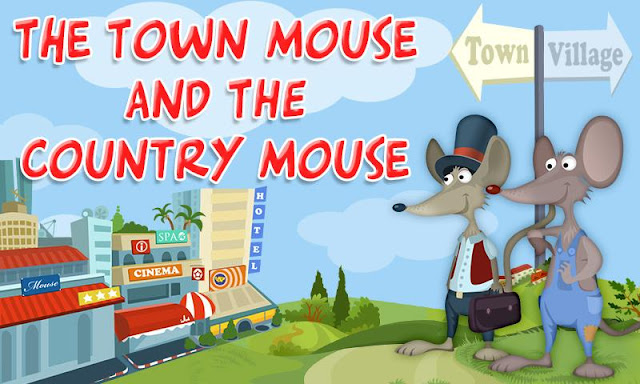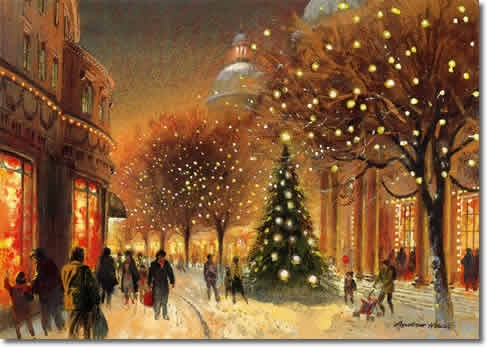Simple Pleasures vs. Dangerous Luxuries: Unpacking the Timeless Wisdom of a Classic Fable
What is the "good life"? Is it a world of sophisticated tastes, endless banquets, and thrilling excitement? Or is it found in simple comforts, peaceful days, and a deep sense of security? This is one of life's most enduring questions, and it is perfectly captured in one of Aesop's most famous and insightful fables, "The Country Mouse and the Town Mouse."
This classic tale, told for centuries, is more than just a simple animal story. It is a powerful commentary on differing values, a cautionary tale about hidden costs, and a timeless guide to discovering what truly constitutes a rich and happy life.
A Tale of Two Lifestyles: Simplicity vs. Sophistication
The fable introduces us to two cousins who represent two completely different philosophies of living.
The Country Mouse lives a life of humble contentment. His home is a "safe snug house in a hedgerow," and his diet consists of "grains of wheat and grass seeds." He is proud of his simple fare and delighted to share the best of what he has. His life is defined by peace, safety, and a deep connection to the natural rhythm of the seasons. He represents the value of being happy with what you have.
The Town Mouse embodies a life of worldly sophistication and luxury. He scoffs at his cousin's simple food, viewing it with disdain. He boasts of "fine living" in the city and promises a world of exquisite tastes and excitement. He represents the pursuit of more—the belief that happiness is found in abundance, delicacy, and the thrilling pace of urban life.
The Feast and the Fury: Discovering the Cost of Abundance
Lured by the promise of a better life, the Country Mouse travels to the city. At first, he is utterly captivated. From a hidden mousehole, he watches a grand dinner unfold, mesmerized by the "variety of cheese," "beautiful vegetables," and "fine juicy grapes." When he finally gets to taste the scattered crumbs, his initial thought is one of pure bliss:
"This is the good life!"
In this moment, it seems the Town Mouse's argument has won. The luxury is real, and it is delicious. But the story brilliantly reveals the hidden price of this lavish lifestyle. Suddenly, and without warning, a "great fierce furry beast"—a cat—leaps into the room, pouncing on them. The feast instantly transforms into a terrifying flight for survival.
The Epiphany in the Mousehole: When a Turnip is Worth More Than a Grape
The climax of the story takes place in the relative safety of the mousehole, as the two cousins gasp for breath while the cat waits patiently outside. It is here that their two worldviews are thrown into sharp relief.
The Town Mouse, accustomed to this danger, treats it as a mere inconvenience. "Don't worry," he says, "He will get bored soon." For him, the constant threat of death is an acceptable tax on his luxurious life.
The Country Mouse, however, has a life-altering epiphany. The terror of the last few moments has completely overshadowed the pleasure of the feast. For him, no amount of fine food is worth such profound fear. He delivers the fable's powerful and timeless moral in his decision:
"I would rather gnaw a humble vegetable there than live here amidst these dangers."
He realizes that the true value of a meal is not just its taste, but the peace of mind with which you can eat it.
Finding Your Own "Good Life" in a Modern World
The fable concludes not with one cousin converting the other, but with each returning to the life that suits him, "content with the way of life he was used to." "The Country Mouse and the Town Mouse" doesn't necessarily decree that a country life is superior for everyone. Instead, it serves as a powerful reminder that we must consciously choose our own definition of happiness.
In a modern world that constantly bombards us with images of luxury and status (the Town Mouse's world), this ancient story encourages us to look deeper. It asks us to consider the hidden stresses, anxieties, and "cats" that often accompany the relentless pursuit of more. It champions the wisdom of valuing peace, safety, and contentment treasures that are often found not in abundance, but in simplicity. The fable's ultimate question is one we should all ask ourselves: What is more valuable the feast, or the peace to enjoy it?




Comments
Post a Comment